more>>More News
- National Day
- ways to integrate into Chinese style life
- Should they be in the same university with me?!!
- Chinese Ping Pang Legend: the Sun Will Never Set
- A Glance of those Funny University Associations
- mahjong----The game of a brand new sexy
- Magpie Festival
- Park Shares Zongzi for Dragon Boat Festival
- Yue Fei —— Great Hero
- Mei Lanfang——Master of Peking Opera
Top Five Ancient Wonders of China
By admin on 2015-01-27
1. The Great Wall
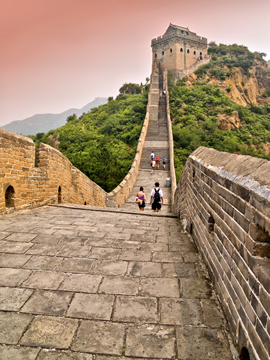
Originally built to keep out Manchurian and Mongolian raiders, The Great Wall now serves as a magnet for outsiders and is China’s most popular tourist attraction. Stretching for more than 5,000 miles, The Great Wall snakes up and over eastern China’s hills and down through the dusty basins of the country’s west. Made of a mixture of pressed earth, worked stone and bricks, The Great Wall remains a testament to the organizational powers of ancient China and the dogged engineering genius of thousands of unnamed builders. The original wall has mostly fallen into disrepair, but the wall you can see today dates to the Ming Dynasty and speaks to the impressive continuity of Chinese government.
2. Forbidden City
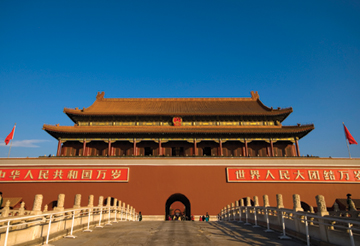
Located in the heart of Beijing, the Forbidden City was the exclusive retreat of Chinese nobility for more than 500 years. Surrounded by a 26-foot-high wall, the Forbidden City symbolized both the grandeur of the Chinese empire and the disconnect between its rulers and their subjects. Today, these once-closed doors have been opened to the public, allowing you to explore this complex of palaces and temples during your time in the Chinese capital on Go Ahead’s Imperial China & the Yangtze River tour. The complex is replete with symbolism, and your guide will help you reveal the meaning behind the Forbidden City’s architecture, colors and urban design.
3. Summer Palace
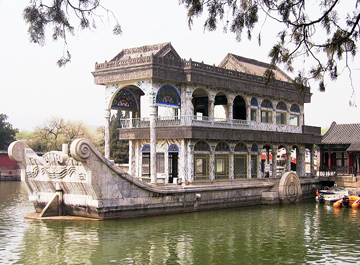
Just a short distance from the Forbidden City, you’ll find the Summer Palace, a network of gardens and pavilions near Longevity Hill and Kunming Lake. Commissioned by the Jin emperor Wanyan Liang, the Summer Palace has endured military attacks and the dissolution of several political systems—yet its beauty remains unspoiled. Among the Summer Palace’s wonders is the Marble Boat—built, ironically, with funds originally designated for the Chinese Navy.
4. Terracotta Warriors
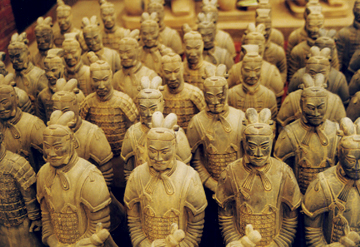
In the spring of 1974, a group of farmers was digging a well in the eastern suburbs of Xi’an, when suddenly their tools broke through what they thought was solid earth. Archaeological finds were fairly commonplace in this region, but this treasure trove drew experts from around the globe. Beneath the farmers’ feet was an enormous subterranean complex complete with an army of terracotta warriors created to accompany the first Chinese emperor into the afterlife. The army of terracotta warriors is meticulously and realistically crafted; whoever created these statues didn’t simply create a mold, as each statue varies in height, countenance and uniform. This masterpiece of sculpture on a nearly industrial scale is now one of China’s most popular attractions.
The Yangtze River is the third-longest in the world
and together with the Yellow River served as the cradle of Chinese civilization.
Fed by glaciers high in China’s western mountains, the Yangtze carves its way
toward the sea; over the centuries, the erosion caused by its annual floods has
created a series of stunning, steep-sided gorges, some of which comprise a
highlight of our river cruise on Imperial China & the Yangtze River. The
scenery is timeless, and a trip along the Yangtze is a wonderful way to explore
the traditions of the Chinese countryside.
5. Yangtze River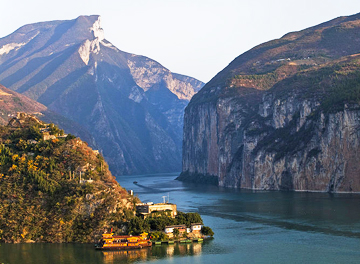
- Contact Us
-
Tel:
0086-571-88165708
0086-571-88165512E-mail:
admission@cuecc.com
- About Us
- Who We Are What we do Why CUECC How to Apply
- Address
- Study in China TESOL in China
Hangzhou Jiaoyu Science and Technology Co.LTD.
Copyright 2003-2024, All rights reserved




 Chinese
Chinese
 English
English
 Korean
Korean
 Japanese
Japanese
 French
French
 Russian
Russian
 Vietnamese
Vietnamese
